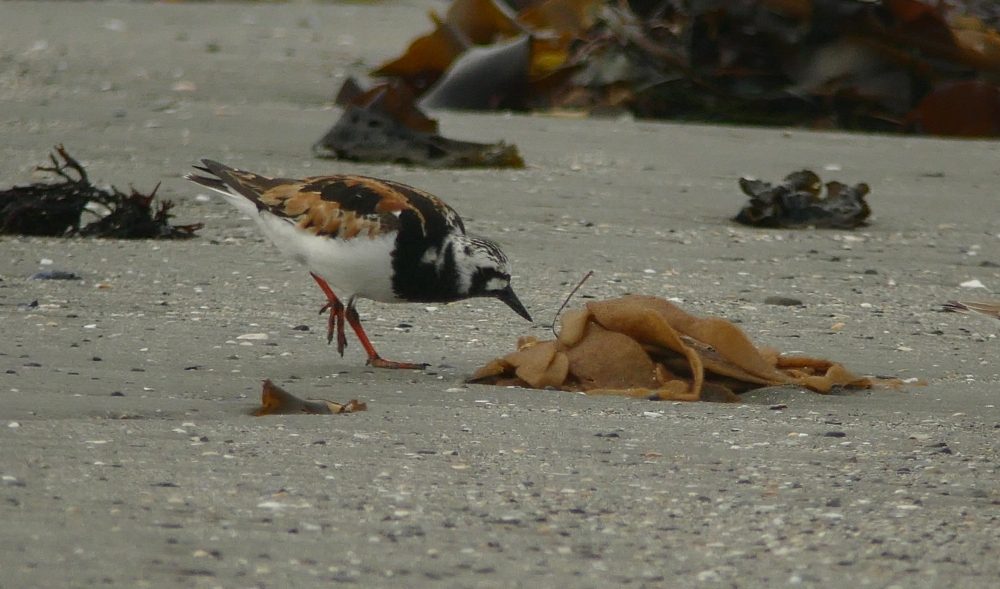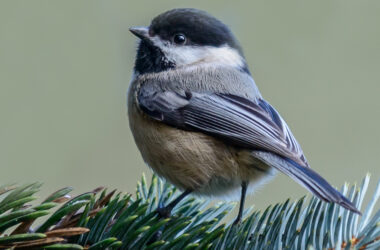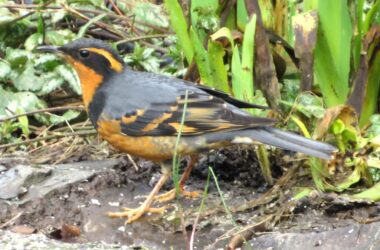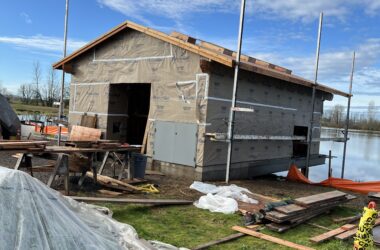Some have called August the “dog days of summer,” harkening back to the “Dog Star” and other
solar connections. To a birder this is action time. Though there is some nesting and raising of young, but what is central to bird life now is change.
Maturing
Some of our local birds began nesting back in April. Even birds that migrate in have nested by now. Some birds are on their second brood of the year, or even a third. You can see youngsters, often following parents around. Mallards, crows, geese, robins, nuthatches — loud-mouthed youngsters following Mom and/or Dad, begging for another snack. Among some species, the young do not look like adults. Even if the color is the same, the new feathers are often ruffled and fuzzy-looking. Young songbirds may have pale lines around their mouth—so a parent can find them in a hidden, poorly lighted nest.
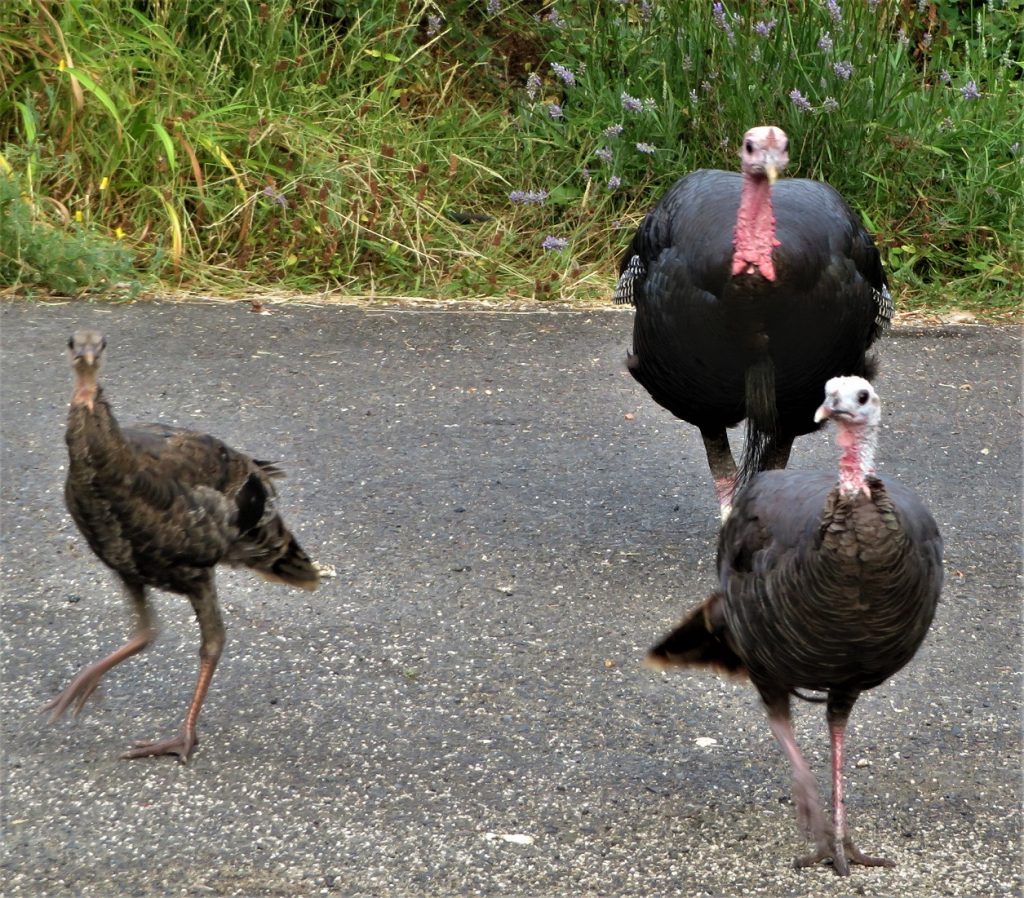
Migrating
Common parlance uses the phrase “fall migration.” That’s a misnomer—it’s really post-breeding migration. Brown pelicans nest on the Pacific Coast in southern California and Mexico. That’s in late winter and spring. About now, these pelicans head north and will be found from Monterey to Cannon Beach. We have more fish up here. They’ll stay to celebrate Christmas, then migrate south again.
Arctic birds nest up there as soon as there are accessible insects or fish. Some adults head south as the young fend for themselves. Many adult loons, ducks and shorebirds start leaving the Arctic in late June and July. They head south. Some move along the coast. Several shorebirds come through the Willamette Valley in good numbers while there are weeks left in the calendar’s summer. Weeks from now geese will begin arriving or passing through. This migration period lasts in Willamette Valley from June into November.
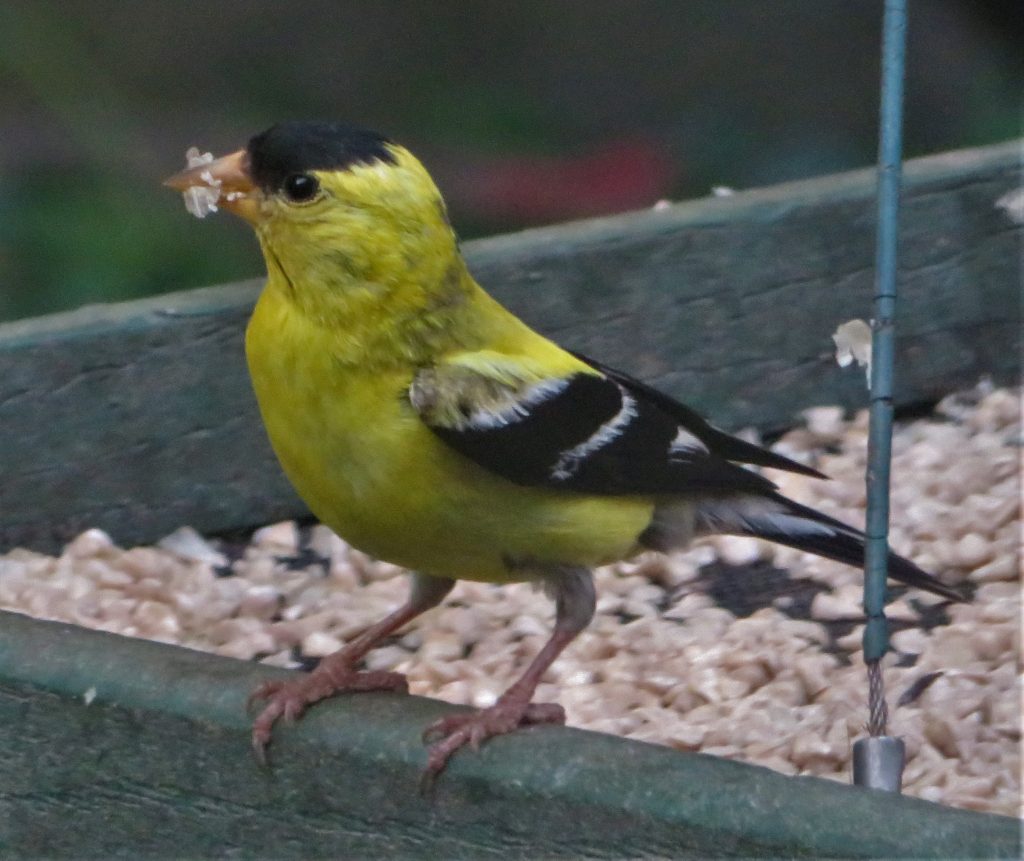
Molting
Local birds — crows, jays, finches, ducks — all are molting now. New feathers require protein. The wear and tear of courtship, breeding and nesting is mostly over. Food and weather are pretty good, so time to turn that protein into new, weather-tight feathers before the rain hits. You may find molted feathers lying about. I am doing an informal count. Near my house crow, feathers outnumber mourning dove, turkey and jay.
As ducks molt they lose the ability to fly. More flight-dependent birds must molt carefully, wing feathers dropping and growing back in symmetry. Some smaller birds grow new, drab plumage as courtship advertising is over. Hiding is crucial through the winter.
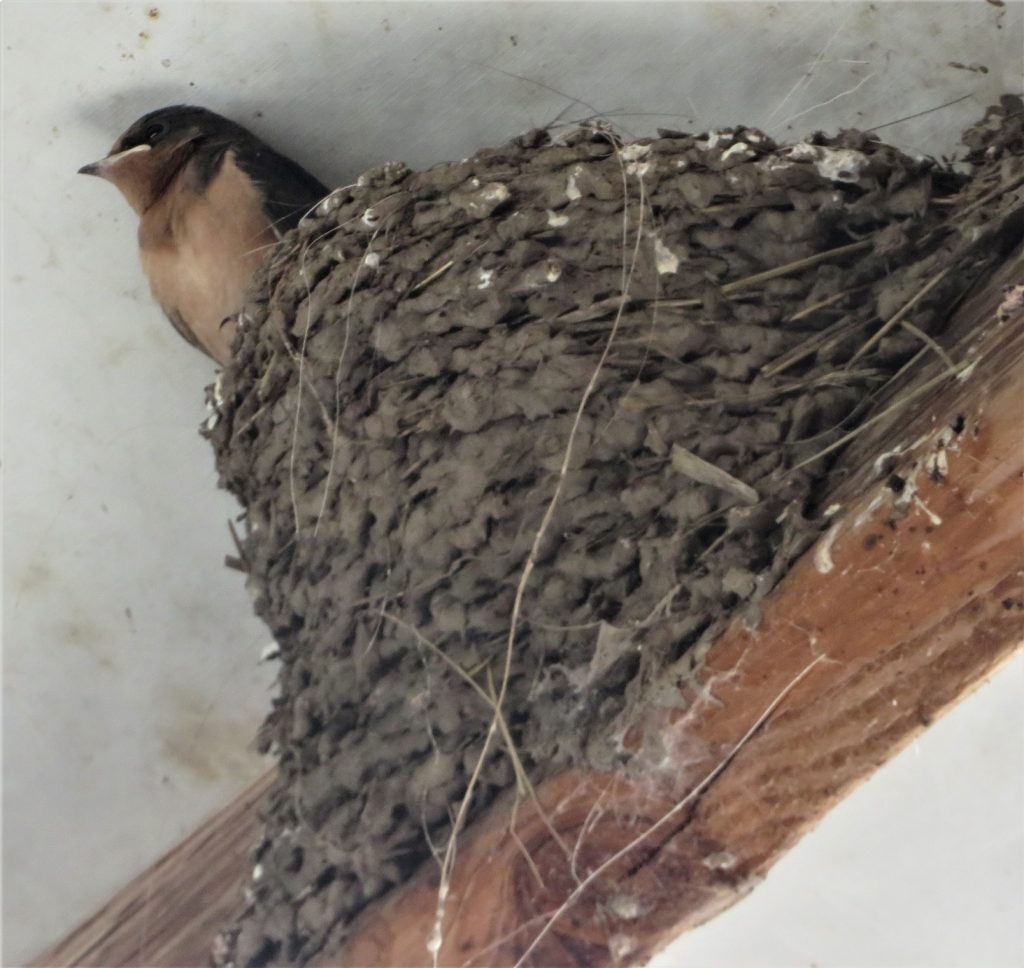
For information about upcoming Salem Audubon programs and activities, see www.salemaudubon.org, or Salem Audubon’s Facebook page.
Harry Fuller is an Oregon birder and natural history author of “Freeway Birding.” He is a member of the Salem Audubon Society. Contact him at [email protected] or atowhee.blog. His “Some Fascinating Things About Birds” column appears regularly in Salem Reporter.
JUST THE FACTS, FOR SALEM – We report on your community with care and depth, fairness and accuracy. Get local news that matters to you. Subscribe to Salem Reporter starting at $5 a month. Click I want to subscribe!
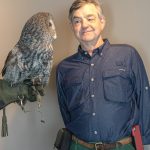
Harry Fuller is an Oregon birder and natural history author of three books: “Freeway Birding,” "Great Gray Owls of California, Oregon and Washington," and "San Francisco's Natural History--Sand Dunes to Streetcars." He leads birding trips for the Malheur Field Station. He is a member of the Salem Audubon Society, and leads bird trips locally. Harry has just published a new book, BIrding Harney County.

